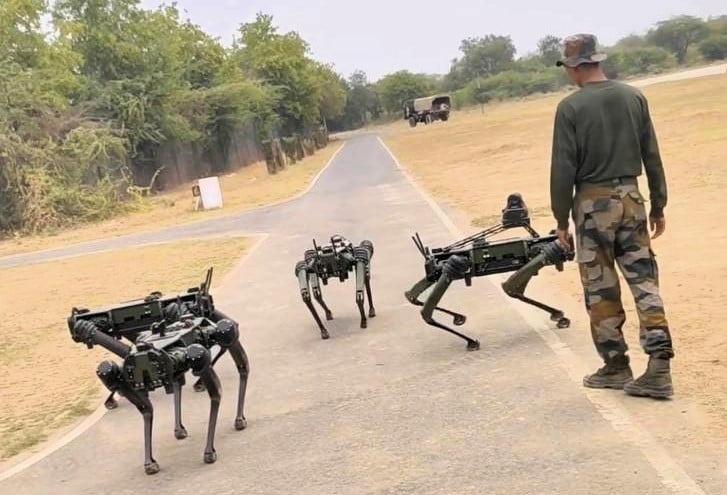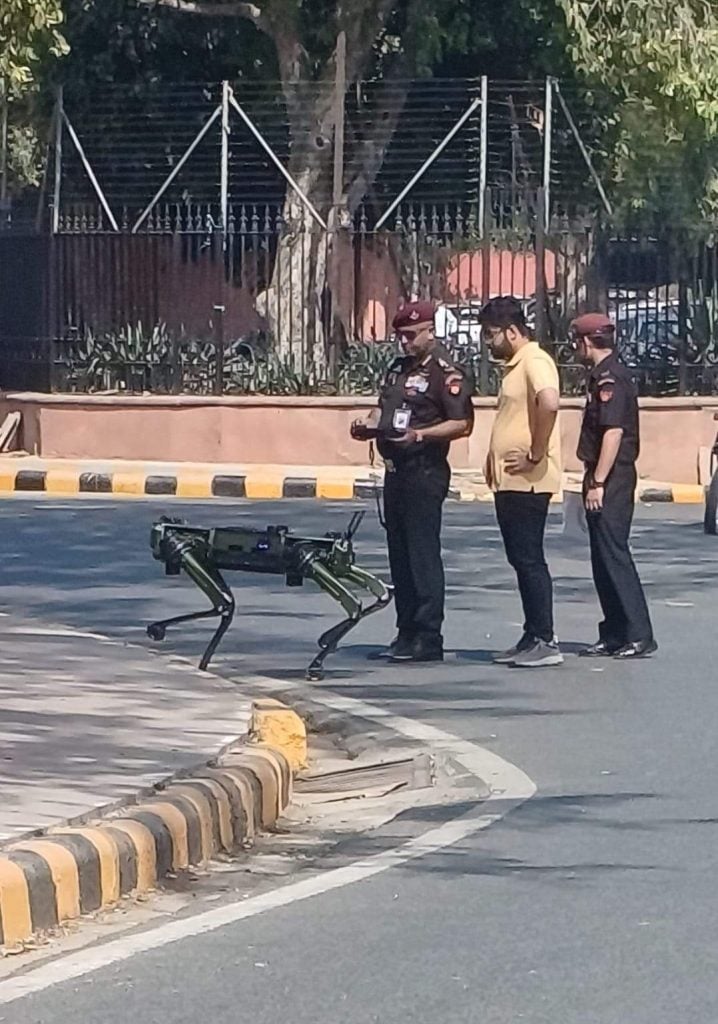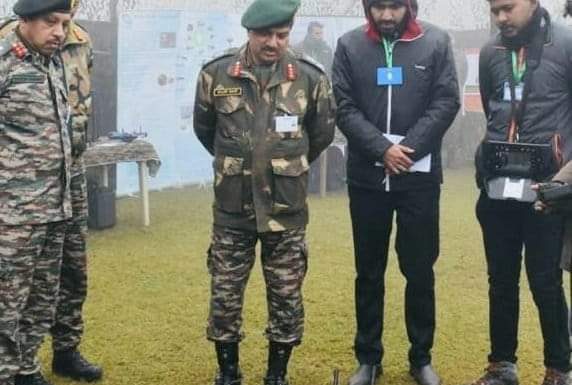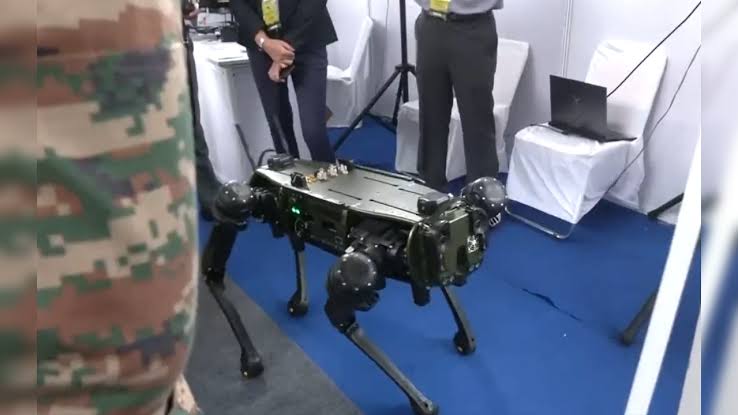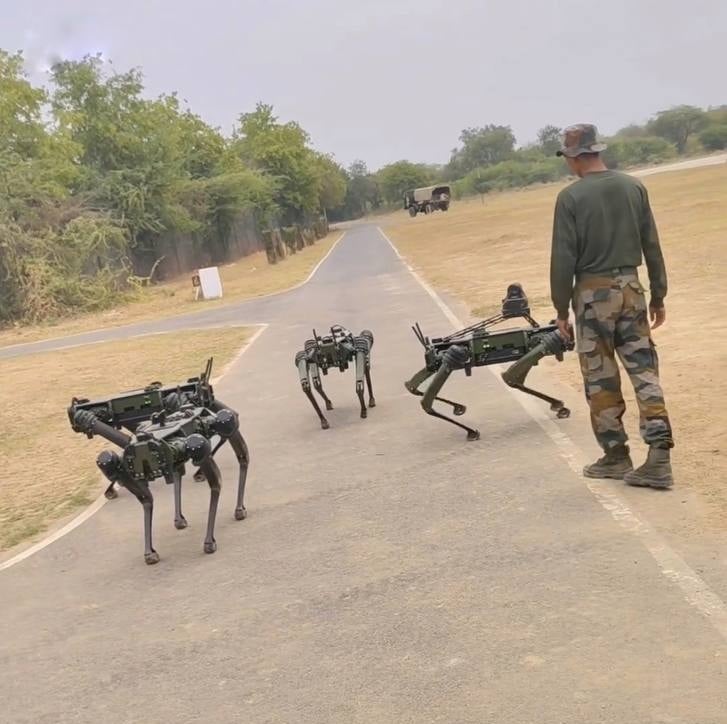In the evolving landscape of military technology, the Indian Army has made a significant leap forward with the introduction of the Multi-Utility Legged Equipment (MULE), a robotic mule dog designed to enhance combat and surveillance missions. This cutting-edge innovation was showcased at the recent North-Tech Symposium 2023 in Jammu, an event that brought together military professionals and defense manufacturers to discuss and display the latest advancements in military hardware.
Design and Capabilities of MULE
The MULE, a four-legged robot, is engineered with a sleek design that integrates advanced technologies such as thermal cameras and radars, essential for reconnaissance and surveillance operations. The robot boasts a payload capacity of 12 kilograms (26.5 pounds), which allows it to be equipped with small arms. These arms can actively engage enemy positions, thereby keeping soldiers at a safer distance during confrontations.
One of the distinctive features of the MULE is its ability to operate autonomously. It can navigate challenging terrains, including snowy landscapes and rugged mountainous areas, with the ability to climb steps up to 18 centimeters high. For operations, the MULE can be controlled via Wi-Fi for short-range missions or through Long-Term Evolution (LTE) communications for remote operations extending up to 10 kilometers (6.2 miles).
Strategic Applications in Combat Scenarios
The strategic utility of the MULE extends beyond mere surveillance. According to Aryan Singh, an engineer involved in its development, the robot can be crucial in locating enemies within buildings or other facilities. This capability is vital in high-risk scenarios where precise enemy locations are unknown, such as operations involving hidden terrorists. The MULE’s equipped 360-degree cameras and firing platforms enable operators to pinpoint and neutralize threats safely.
Broader Implications and Innovations
The North-Tech Symposium 2023 was not only a platform for unveiling the MULE but also highlighted other innovative military technologies developed by the Military College Of Electronics And Mechanical Engineering (MCEME). Among the featured technologies was the AI-based Autonomous Multi Weapon Engagement System, capable of engaging and neutralizing aerial and terrestrial targets autonomously or manually.
Defense Minister Rajnath Singh, speaking at the symposium, emphasized the crucial role of research and development (R&D) in national defense and security. He noted that while R&D is inherently risky and sometimes unpredictable, it is fundamental to the technological advancement and strategic capabilities of any nation.
Conclusion
The development of the MULE and other autonomous systems reflects a significant trend in military technologies, where the integration of robotics and artificial intelligence is becoming increasingly central. As these technologies evolve, they promise not only to enhance the operational capabilities of the armed forces but also to ensure greater safety for soldiers in combat scenarios. The Indian Army’s forward-thinking approach in adopting and developing such technologies underscores its readiness to meet future challenges on and off the battlefield.

